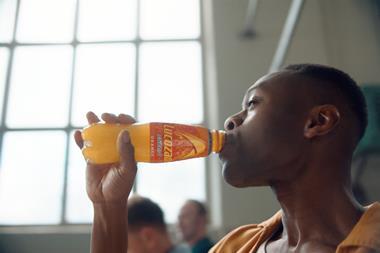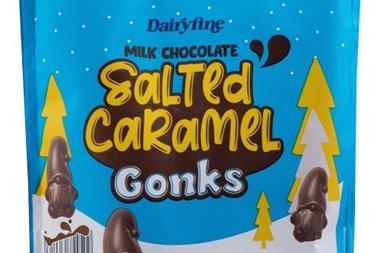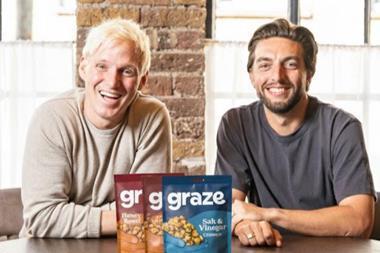During the first three quarters of last year, the UK imported 187,600 tonnes of cheese. Strip out 84,000t of imported Cheddar, 21,000t of processed cheeses, 37,000t of fresh cheese (much of it for manufacturing), and the remaining 45,000t is a useable estimate of the volume of continental cheeses arriving in the UK during this period.
While some of this 5,000t a month trade could be replicated in the UK the Somerset Bries or Camemberts, goat logs or mould ripened goat cheeses like Capricorn geography is crucial in the marketing of the imported products. Just as seven creameries in the East Midlands have a global monopoly on the use of Stilton for their blue cheese (none of it made in the eponymous village), so such names as Rocquefort enjoy the same worldwide protection.
The tonnages of geographically protected cheeses may not weigh heavily on trading totals, but some are traded by global players in the dairy industry. Lactalis, for instance, makes 27 of the 36 Appelation d'Origine Contrôlée (AOC) cheeses in France, of which Roquefort is a flagship line in the UK. It is the most widely distributed French AOC cheese in this country and Lactalis controls 69% of production at source in 1999, Société Rocquefort noted a 12% year on year sales growth. In the UK nearly all multiples offer an AOC Brie de Meaux in their Brie range five years ago only one or two retailers carried it.
While an AOC adds a premium to a cheese, the Isigny producers' co-op goes further than that. "Many cheesemakers ship their Camemberts at 12 days and that's it," says Isigny's UK director, Pierre Bruno, "but we do it differently." Cheeses are stacked two-high on wooden shelves at a constant 8 C to mature. Any heat given off by lactic fermentation cannot build up and damage the product.
The graders follow the product to ensure AOC Camemberts de Normandie are fully matured and ready to eat or half or three-quarter matured. Last Christmas retailers across Europe were opting for a ready to eat product with just over a week's shelf life.
Thankfully, tradition does not demand mindless graft: Isigny patented the first curd-ladling robot 15 years ago, to fill moulds work that is now done by machine. Its acceptance for AOC cheese production means the finished product meets the industry's highest expectations. "We don't fight for a share of the market that is cheap," explains Bruno."There is room in the UK market for quality."
{{FOCUS SPECIALS }}
Close menu
- Home
- Retail & Wholesale
-
Products & Suppliers
- Back to parent navigation item
- Products & Suppliers
-
Product Categories:
- Back to parent navigation item
- Product Categories:
- Alcoholic drinks
- Bakery
- Cereals & breakfast
- Cheese
- Chicken & poultry
- Chocolate
- Confectionery
- Crisps, nuts & snacks
- Dairy
- Fish
- Fresh produce
- Frozen
- Household
- Meat
- Own Label
- Sauces & condiments
- Seasonal
- Soft drinks
- Vaping
- Vegan & plant-based
- World foods
- Suppliers
- People
- Reports & Data
-
Topics A-Z
- Back to parent navigation item
- Topics A-Z
-
Popular topics:
- Back to parent navigation item
- Popular topics:
- Cost of living crisis
- Crime
- Deposit Return Schemes
- Finance
- Government & Regulation
- Health
- Inflation
- Loyalty
- Marketing
- Mergers & Acquisitions
- New Product Development
- Sourcing
- Supply chain
- Sustainability & environment
- Technology
- Ultra Processed Foods
- Vaping
- A-Z all topics
- Content by type:
- Events
- Ask iA (beta)
- Subscribe now
Sign in to comment on this article
Not logged in before? Register for FREE guest access today.
You will be able to:
- Read more stories
- Receive daily newsletters
- Comment on stories
Advert
















No comments yet